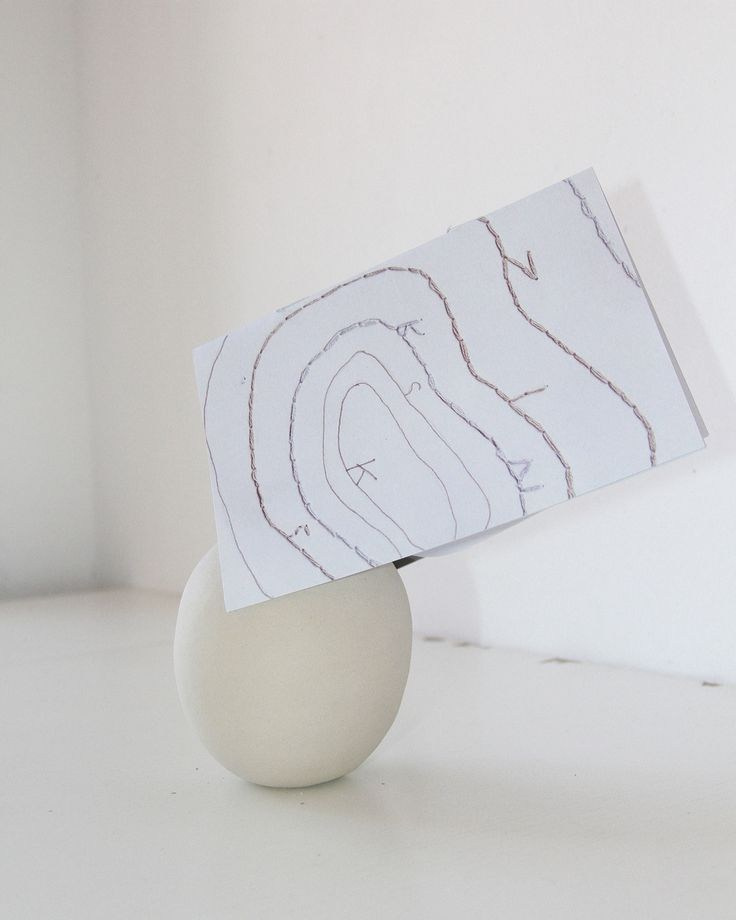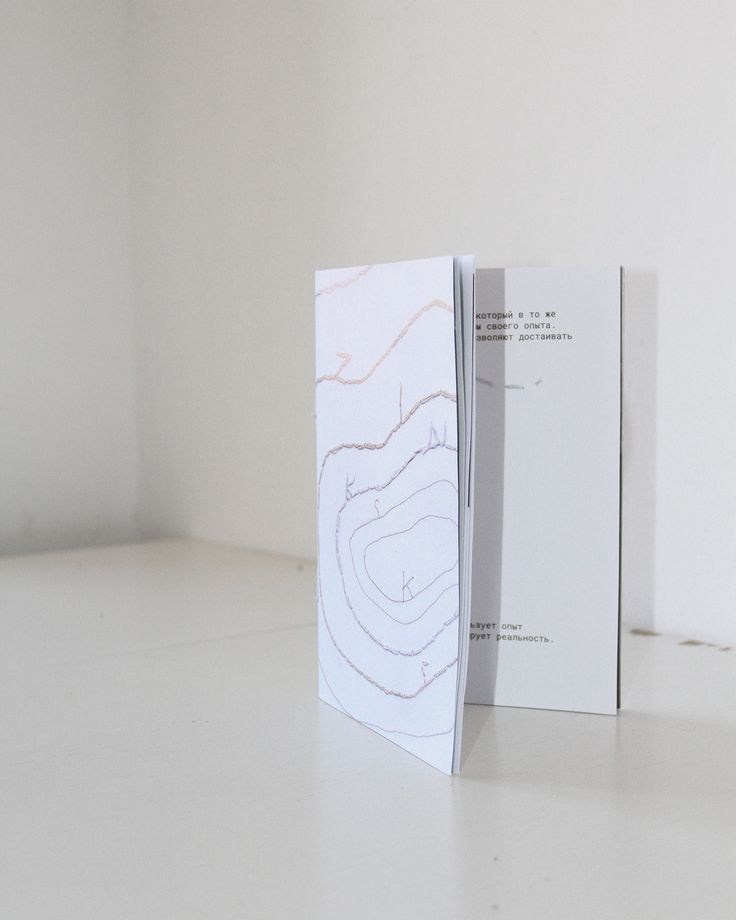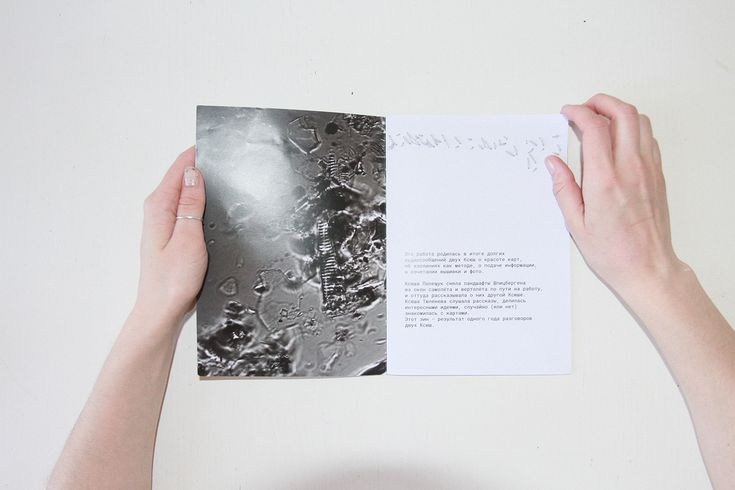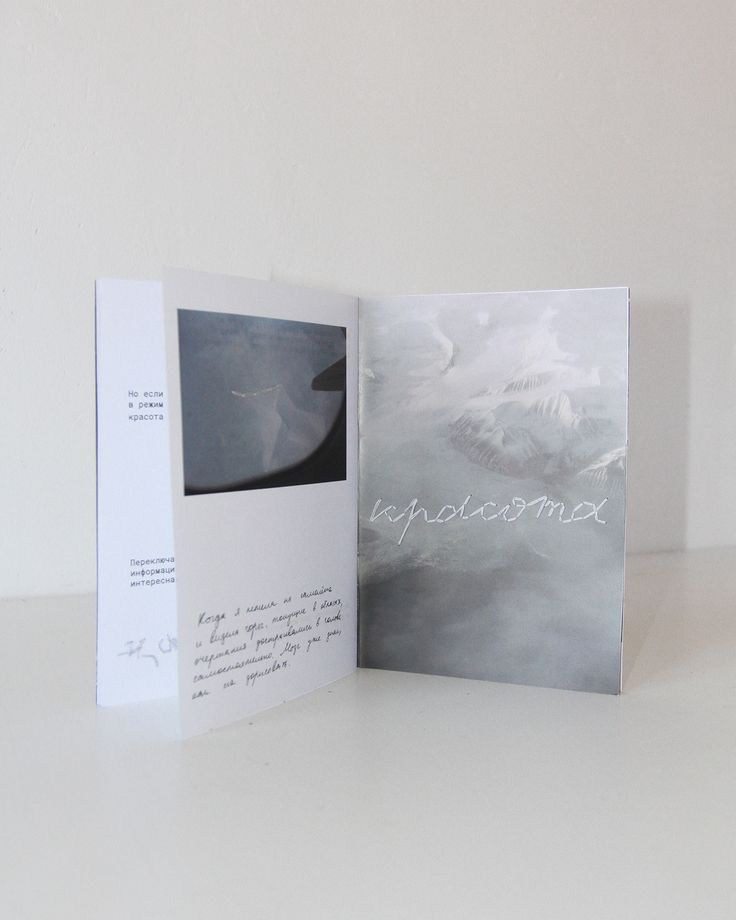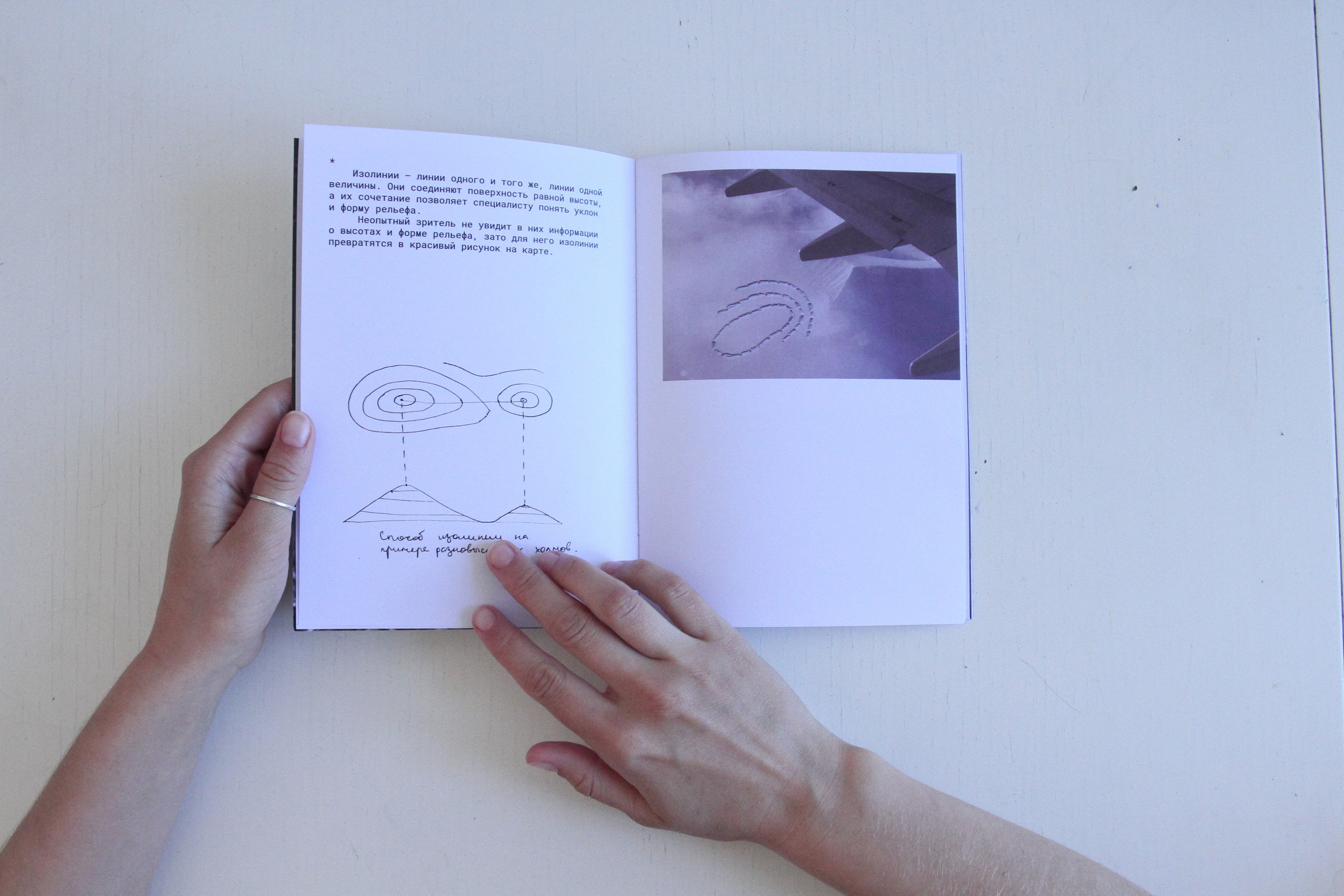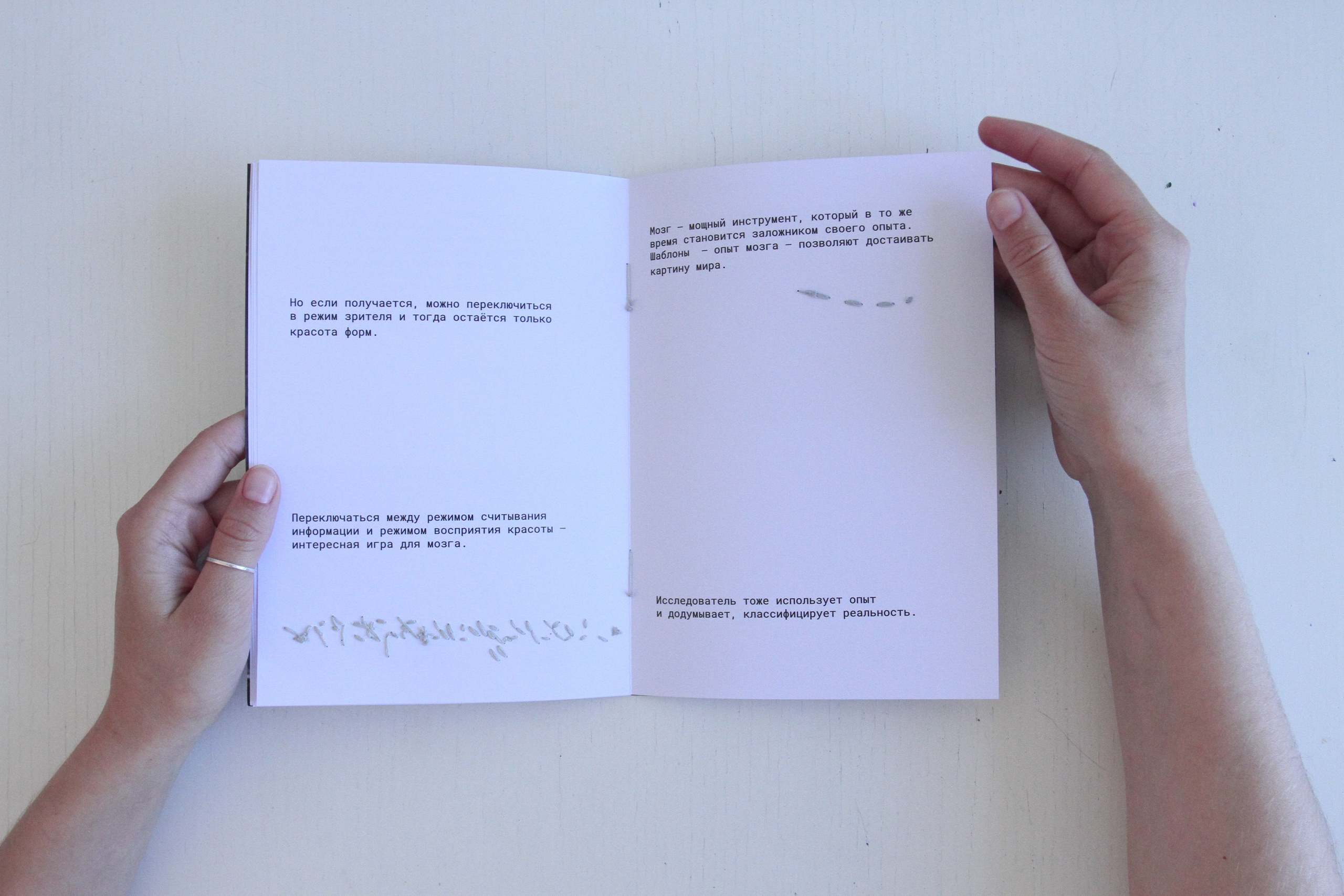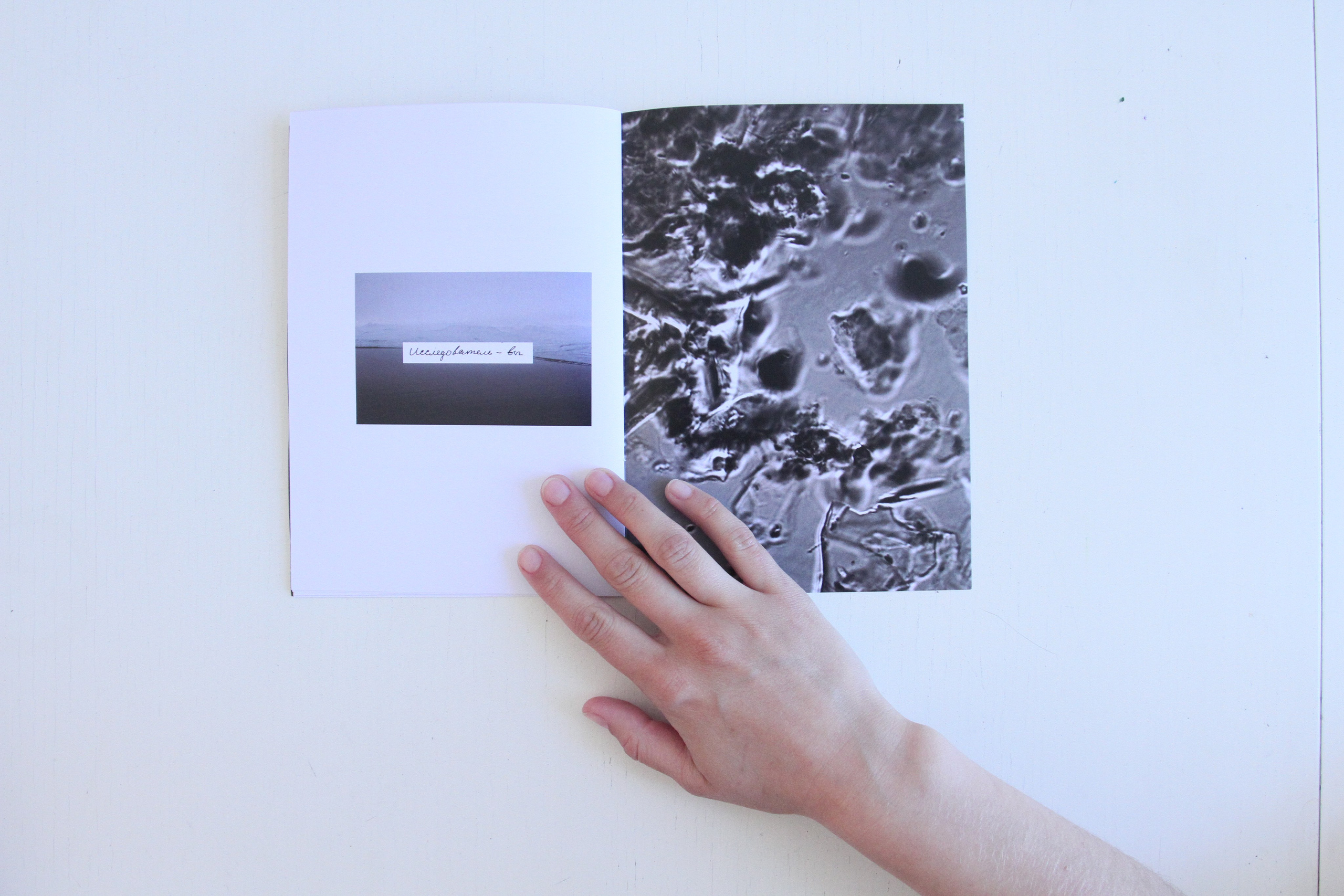Zine KSKS
Zine KSKS is the first collaborative work between a scientists/artist Xena and full-time artist, Ksusha. In some way, it became the start of the KSKS collective, which in different forms has been developing during those years since September 2016, the moment they decided to make a zine together.
Zine KSKS — это первая совместная работа ученой/художницы Ксены и full-time художницы Ксюши. В каком-то смысле она стала началом коллектива KSKS, который в разных формах развивался в течение этих лет, начиная с сентября 2016 года, когда они решили сделать совместный зин.
This project started with voice messages from Xena, who has been working in the Arctic expedition on Svalbard, to Ksusha, who was making embroidery-based art in St. Petersburg. Xena was analysing the visual experience she was having in the Arctic, describing the duality of scientific and artistic perceptions of the landscape. The photos of arctic landscapes she took from a helicopter and shared with her friend became the visual base for the future zine. Meanwhile, Ksusha was looking for new, more experimental forms to combine different materials while being focused on embroidery as a main medium. At some point in those long voice messages, the idea to combine photos and embroidery appeared, mostly reflecting the idea of Xena that the scientific brain will continue classifying the object even when it is not fully visible, like a mountain under a cloud will still have a certain form for a geomorphologist, and like a cartographer will intuitively build isolines in any landscape. That's how the conceptual part was built: on the one hand, we wanted to show the way scientists perceive nature and its beauty; on the other hand, we wanted to play with that perception and question it by playing with materials.
This project is meaningful for us as a collective also in terms of the process of creation: two very different mentalities, an analytical one and a practical one, met in that co-creation, facing difficulties and finding solutions because of that difference. For example, one of the methods to create text was to play with the one that was written by Xena: Ksusha was cutting it into pieces and placing them together with printed photos. The material part of production, led by the playful style of work of Ksusha, combined with the conceptual and analytical part created by Xena, allowed us to finish the zine, even though it was the first experience of designing an object to print.
The final part of the project was a presentation that happened in two forms at two different times: once as a physical presentation with video projection and music, and then as a virtual exhibition in an experimental account of an artist safedidtancegallery in pandemic time.
